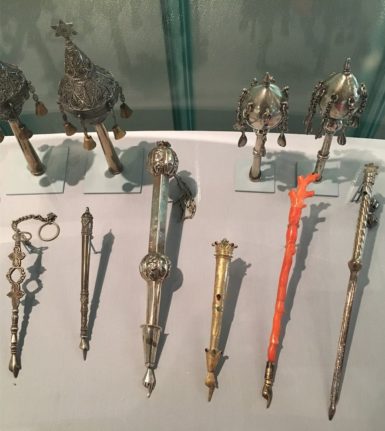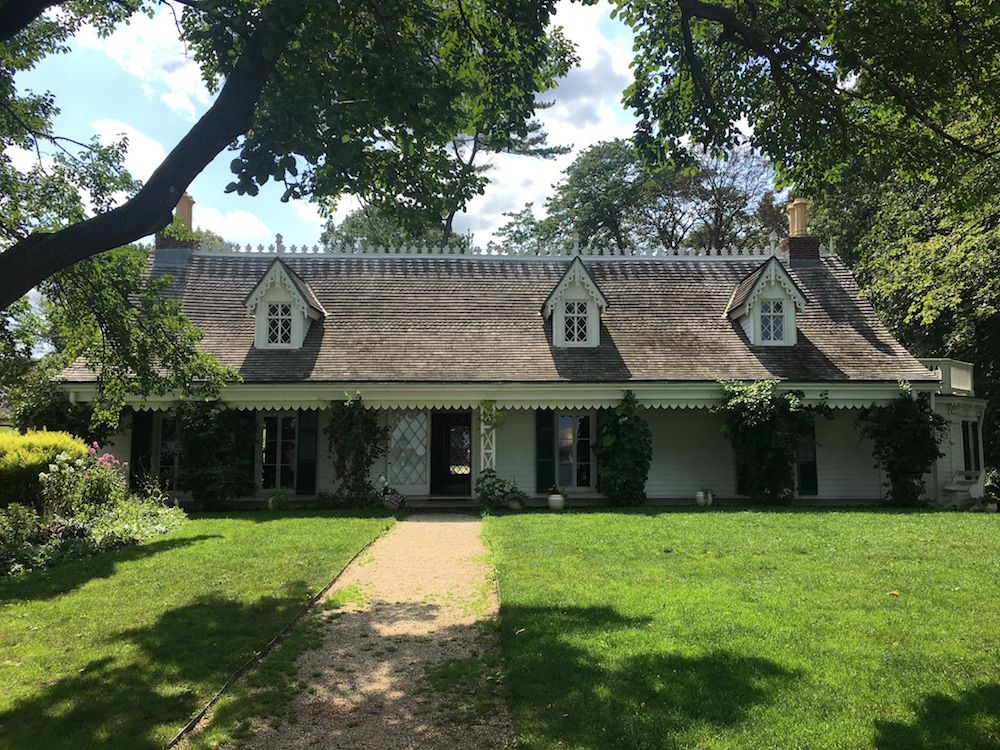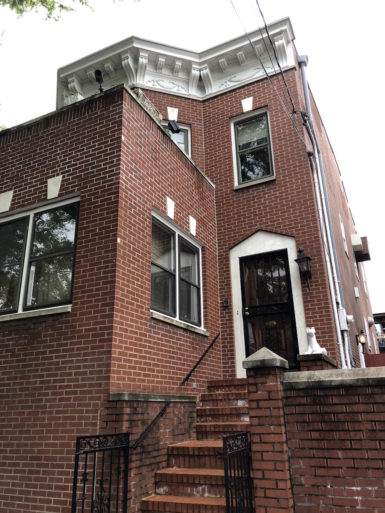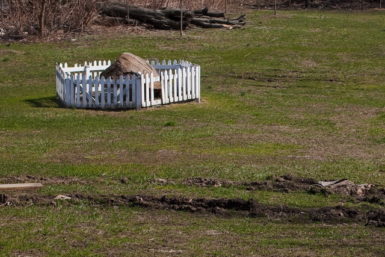[ad_1]
With the Museum of Modern Art in New York set to close for more than four months this summer while work is completed on its $400-million expansion, it’s a wonderful time to visit some of the smaller, less flashy, and more out-of-the-way institutions that this culture-rich city has to offer. Below are five that have particularly delighted and moved me over the years, one for each borough (sort of—that will be explained). On any given day, I would likely come up with an entirely different list, so use this as one entry point among many.
STATEN ISLAND
Alice Austen House
2 Hylan Boulevard
It’s astonishing that Alice Austen has not yet been the subject of a blockbuster Hollywood biopic. Born in 1866, she learned about photography from an uncle at the age of 10 and became a prolific pioneer in the medium, documenting the people and places of Staten Island in some 8,000 shots. She spent most of her life in a 17th-century house known in her time as Clear Comfort, including more than a decade with her partner Gertrude Amelia Tate. Austen was apparently the first woman on Staten Island to own a car, and lived off an inheritance that was decimated by the stock market crash of 1929. Though she lost her home in 1945, she lived long enough, until 1952, to see her work discovered by new audiences. Notable, too: the views of the city from the Alice Austen House, which is perched along the shore of the island, are breathtaking. Bring someone you love.

Inside the Nicholas Roerich Museum in the Morningside Heights section of Manhattan.
COURTESY NICHOLAS ROERICH MUSEUM
MANHATTAN
Nicholas Roerich Museum
319 West 107th Street, between West End Avenue and Riverside Drive
Snow-covered Himayalas, buildings in Tibet, and at least one shooting star grace glorious paintings in this cozy single-artist museum devoted to the Russian-born painter, mystic, and peace activist Nicholas Roerich, who lived between 1874 and 1947. Roerich’s most lushly colored efforts can recall the majesty of landscapes by Rockwell Kent, and though his touch could be uneven, it’s still a pleasure to see so much of an artist’s work in one place and reckon with a life’s work. It’s reassuring to know that, on a quiet residential street in Morningside Heights, such a trove is being safely stored (a 2009 theft of two paintings notwithstanding), kept at the ready for newcomers and returning fans alike.

A variety of torah finials and Torah finials and Torah pointers at the Derfner Judaica Museum in the Bronx.
ANDREW RUSSETH/ARTNEWS
THE BRONX
Derfner Judaica Museum
5901 Palisades Avenue
Tucked away on the sprawling, sculpture-filled grounds of the Hebrew Home elderly nursing center in the sylvan Riverdale section of the Bronx, this 5,000-square-foot museum opened in 2008, and it features a collection of works by Josef Albers, John Baldessari, Robert Mangold, and many more that hang throughout the facility. There’s a sterling collection of Judaica objects, too, and temporary exhibitions of art new and old. Pair a visit to the Derfner with a stop at Wave Hill, the always beautiful estate filled with gardens and art a little more than a mile away, and you are in for a very fine afternoon.
QUEENS
Louis Armstrong House Museum
34-56 107th Street, between 34th and 37th Avenues in Corona
The great jazz trumpeter Louis Armstrong lived at this fairly nondescript brick house with his wife, Lucille, from 1943 until his death in 1971, and today it stands as one of the city’s great treasures. Period details like luscious blue lacquer kitchen cabinets make a trip worthwhile on their own, but it’s the unusual array of art that makes a visit essential, such as a LeRoy Neiman painting and a reproduction of Salvador Dalí’s rather dramatic Crucifixion, which sits in an area where Lucille prayed. And then there are the musician’s own inventive collages, which he fashioned from newspaper clippings, photographs, album art, and other bits and pieces of his extraordinary life.
QUEENS (AND BROOKLYN, ALMOST)
Greater Ridgewood Historical Society
1820 Flushing Avenue in Ridgewood
Back in the 17th and 18th centuries, the precise location of the border between Newtown (now Queens) and Bushwick (now Brooklyn, aka Kings County) was known to drive men to violence. But in 1769, as the story goes, that long dispute came to a resolution, with the two sides setting the dividing line at a large boulder that took on a charming appellation: Arbitration Rock. The stone was lost at some point after, unfortunately, but in 2000 city officials claimed to have discovered it and placed it on view behind the roughly 400-year-old Vander Ende-Onderdonk House, an artifact-filled Dutch Colonial abode that plays home to the Greater Ridgewood Historical Society. Is the rock there now the real Arbitration Rock? That is the matter of no small amount of debate. But surrounded by a white picket fence, it is nonetheless a sight and a site to behold, a bizarre relic of New York history with all the question-inducing power of a great conceptual artwork.
[ad_2]
Source link




